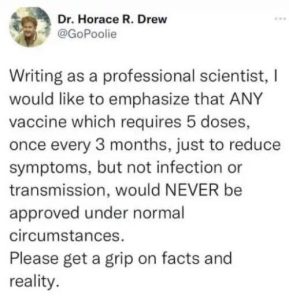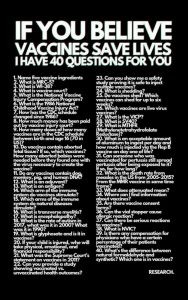
In the United States, dozens of food processing plants suspiciously caught fire over the past year. Remarkably, no one was present at the time of the fires. The Eco Health Alliance whistleblower, bioterrorism expert, military veteran, and scientist Dr. Andrew Huff has a possible explanation for the food supply fires.
Huff has access to government information about simulating a food supply attack. The information comes from the U.S. Department of Homeland Security’s Food and Agriculture Sector Criticality Assessment Tool (FASCAT). This also includes which places are particularly at risk.
According to Huff, who authorities have harassed due to the nature of his work since 2019, the U.S. government coordinated the attacks on the food facilities. But, in addition, something remarkable happened: the hard disk with the FASCAT data disappeared.
Since then, there have been about 200 food factory attacks around the world, most of them in the U.S., he explained.
Huff had another backup and analyzed the attacks. It turned out that the attacks exactly matched the most critical systems in his data set. He reported this to the Department of Homeland Security and the FBI but never received a response.
Huff knows that the FBI and the food industry have tried to investigate what he calls “terrorist attacks,” but they’re getting nowhere. He suspects that a government-funded actor or a globalist group like the World Economic Forum is behind it.







